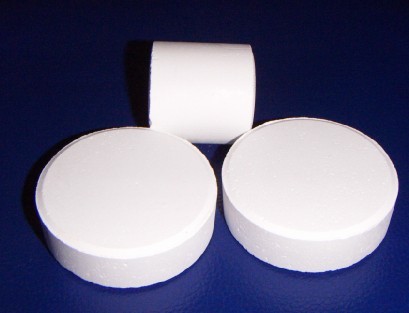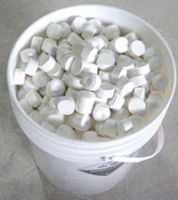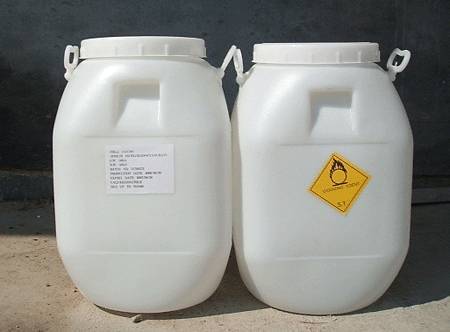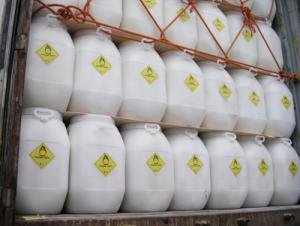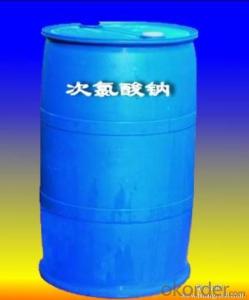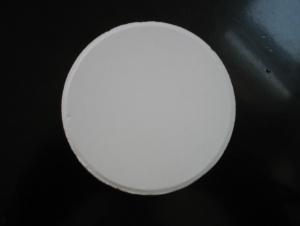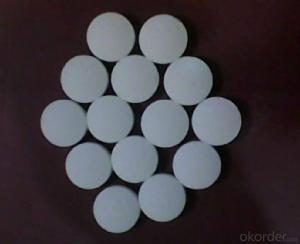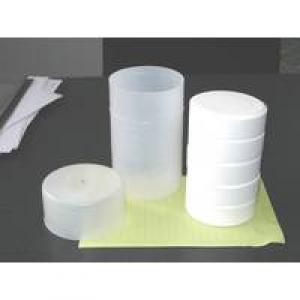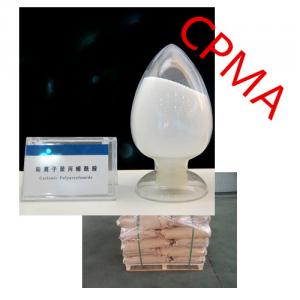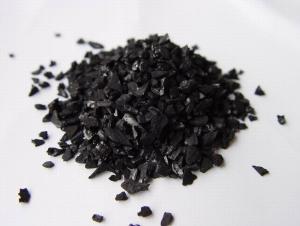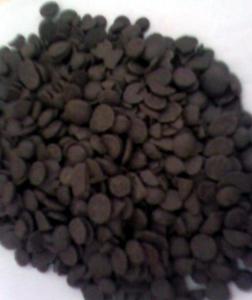Sodium Dichloroisocyanurate for Water Treatment
- Loading Port:
- Tianjin
- Payment Terms:
- TT OR LC
- Min Order Qty:
- 22 m.t.
- Supply Capability:
- 1800 m.t./month
OKorder Service Pledge
OKorder Financial Service
You Might Also Like
SDIC
Introduction:
CNBM--SDIC White powder or grain with chlorine odor . It is a strong oxidant and chlorate agent and can dissolved in water easily . Its aqueous solution assumes weak acidity and the active chlorine in its dry products lose little when it is stored for a long time at the atmospheric temperature .
Specification:
Chemical Name | Sodium Dichloroisocyanurate | |
Molecular Formula: | C3O3N3HCL2NA | |
Molecular Weight: | 220.96 | |
CAS Number: | 2893-78-9 | |
Product | 60% | 56% |
Available chlorine(%,min) | 60 | 56 |
Moisture content(% max) | 5 | 8 |
PH Value(1% solution) | 6-7 | 6-7 |
Particles Size:
Mesh | 5~8 | 8~30 | 20~40 | 20~60 |
Main usage:
this products can effectively kill various germs, fung uses and viruses, specially A&B type hepatitis viruses. It is effective on killing algae, decolorizing cleaning water or bleaching .It can be widely used for epidemic prevention, livestock farming , industry and agriculture.
Package:
50KG PLASTIC DRUMS/ FIBER DRUMS.
25KG PLASTIC DRUMS/FIBER DRUMS.
1000KG BIG BAGS.
Or any other packages suggest by customers.
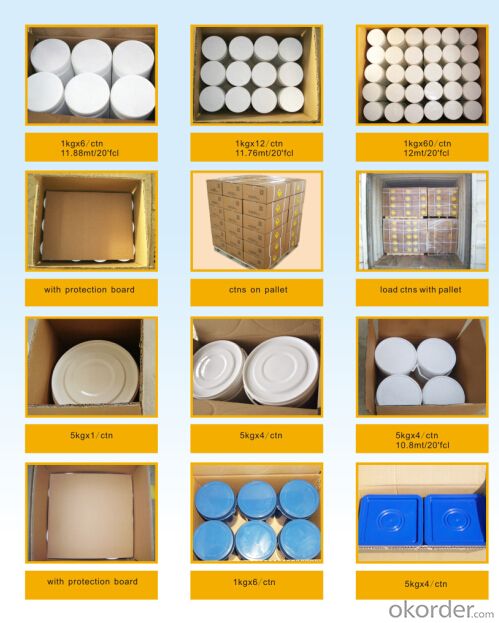
Delivery Port
Tianjin Port
Payment terms :
T/T,L/C at sight
Storage :
Shall be sealed and stored in the dry and ventilated place to prevent from rain ,high temperature and strong sunlight .
Sample management
Free sample to be offered before place an order.
- Q: Hydrogen and oxygen in the role of the catalyst can do the chemical formula of aviation fuel?
- Do not be irresponsible, rocket fuel is hydrogen peroxide. H2 + O2 = H2O2 (catalyst)
- Q: Can Cuo react as a catalyst with H2O2, does its quality and chemical properties change?
- Can be, please, upstairs said wrong ... ... ... ... ... ... catalyst is not not to participate in the reaction, the second is because the essence of the catalyst is to participate in the reaction to accelerate the reaction rate of conversion, the catalyst after the reaction will be regenerated, and before and after conservation, quality and Chemical properties do not change. CuO is the catalyst for H2O2 reaction, and the catalytic effect of CuO is better than Mn02!
- Q: What are the chemical reaction conditions in organic chemistry are catalyst and heating, please elaborate
- This really does not have omnipotent law, their own more than one point, you can classify to remember, when I was in high school is in accordance with the notes, such as poly, polycondensation and the like. In general, the double triple bond addition, plus halogen is not the conditions, plus HCl, HBr and the like to heat; dehydration reaction generally concentrated H2SO4 heating, dehydration condensation is also; there are some special, such as ethylene added to ethanol Special temperature requirements, it seems that 120 degrees, there are other; other addition poly, polycondensation some need catalyst. The The In short, the conditions are many, in general, you do not go to the high school to do more questions after the feeling, encounter problems do not panic general experience can come out according to experience, this also depends on the usual accumulation, if the equation conditions Wrong to deduct points, it is not worthwhile. There are some questions when the examination will give you some information, whether you know do not know should see clearly, although some of the reaction but the subject to the conditions are not the same, when you do according to the title to write conditions, this will not wrong. In addition, thank you for your help, I do not seem to know you
- Q: Could you tell me all the differences between those two catalysts? Thank you very much.
- One occurs in biological systems and the other is in chemical reactions. Biological catalysts are basically enzymes - proteins which regulate biochemical reactions whilst chemical catalysts act on non-biological chemical reactions and are inorganic elements or compounds.
- Q: What is the catalyst in the end?
- You said the chemical catalyst or Ati graphics card catalyst? If the above is enough to explain the above, if it is the latter, that is, the meaning of the graphics card, Ati's graphics drive like a catalyst
- Q: Does the catalyst slow down the chemical reaction rate? Still can only accelerate
- The role of the catalyst is to change the activation energy to achieve the purpose of changing the reaction rate, there is a rate of response to speed up the rate of slow response
- Q: Chemical catalyst in several ways
- Two, can speed up and slow down
- Q: Can the catalyst be a reactant in chemistry?
- In general, a catalyst is a substance that participates in the intermediate process of chemical reaction and selectively changes the rate of chemical reaction, and its quantity and chemical properties remain substantially constant before and after the reaction, and the catalyst is usually accelerated to Reaction as soon as possible to achieve the role of chemical balance called catalytic role.
- Q: put in a way that a freshman in high school can understand please =)
- enzymes are a type of catalyst
- Q: What is the catalyst called?
- There are three types of catalysts, which are homogeneous catalysts, heterogeneous catalysts and biocatalysts
Send your message to us
Sodium Dichloroisocyanurate for Water Treatment
- Loading Port:
- Tianjin
- Payment Terms:
- TT OR LC
- Min Order Qty:
- 22 m.t.
- Supply Capability:
- 1800 m.t./month
OKorder Service Pledge
OKorder Financial Service
Similar products
Hot products
Hot Searches



